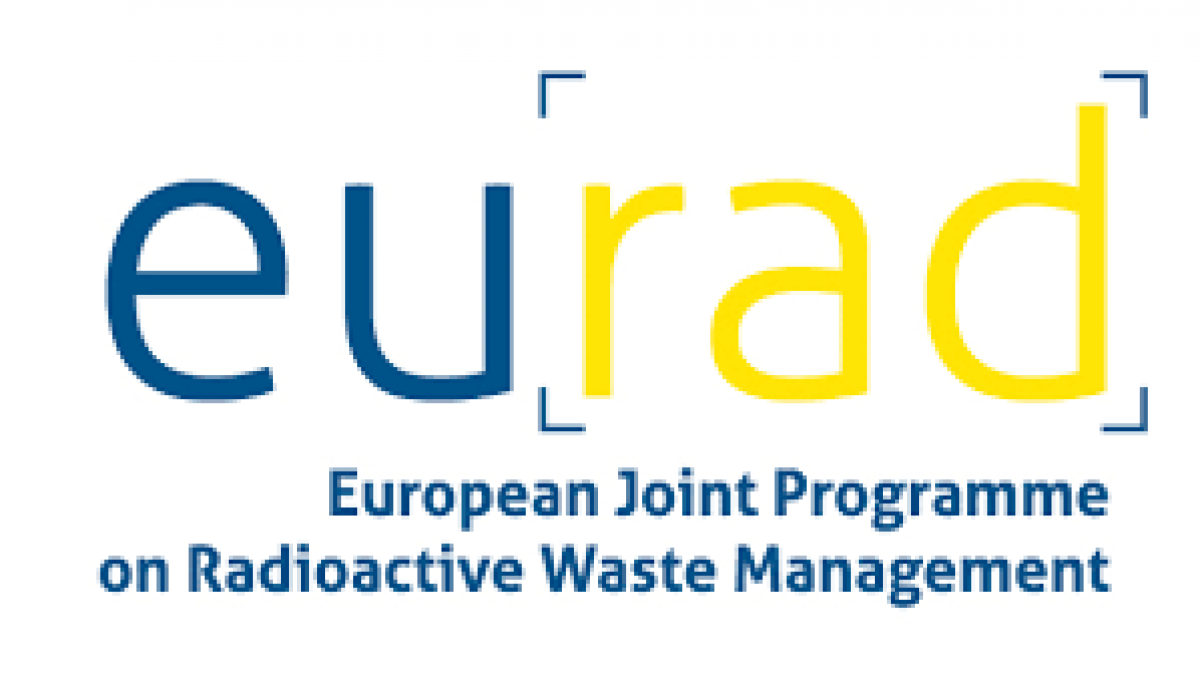Lunch & Learn | Sensitivity Analyses in Safety Assessments for Geologic Disposal Facilities: An International Collaboration
Sensitivity Analyses in Safety Assessments for Geologic Disposal Facilities: An International Collaboration
Klaus-Jürgen Röhlig, Dirk Becker, Elmar Plischke & Laura P. Swiler
Addressing uncertainties is an essential part of Safety Cases for geologic disposal facilities. An important instrument for doing so is sensitivity analysis (SA), by which the impact of input parameter uncertainties on the output(s) of model calculations is studied and evaluated. While some SA methods (such as linear and rank-based methods) are routinely applied in safety assessments, the toolbox of available methods is much richer and capable of detecting effects which might not be captured by the approaches mentioned above. However, it is also true that some of the more advanced and sophisticated methods are hard to understand and to apply, produce ambiguous or unstable results, or cause high computational costs. The seminar will, after a brief introduction to the “world of SA”, provide insight in an ongoing international exercise in which various SA methods are systematically applied to a number of simulation models from the practice of repository safety assessment. The aim of the exercise is to evaluate the performance of various methods vis-à-vis the characteristics of the different simulation models, and ultimately, to derive guidance for the application of SA in safety assessments. Participants are, or have been, Sandia National Laboratories (USA), TU Clausthal, GRS (Germany), Universidade da Coruña (Spain), SCK.CEN (Belgium), POSIVA (Finland), and IBRAE (Russia, until February 2022).
The scope of the exercise is restricted to global probabilistic SA methods, i. e. methods that explore the full input parameter space, use a joint probability density function for characterising the input uncertainty, and analyse the relationship between input and output uncertainty (i. e. the sensitivity) using stochastic concepts. SA methods applied include graphical, variance-based, and moment-independent methods, some of which take advantage of surrogate models when estimating sensitivity measures. The models studied cover a wide range of applications, including near-field hydraulics, mechanics and chemistry as well as far-field transport in fracture networks. Their features relevant for SA include the need for nested input sampling, nonlinear behaviour, as well as outputs which exhibit bifurcation and regime changes. Such varying challenges have to be addressed by choosing appropriate SA methods.
March 27th, 2024
1pm - 2pm CET

